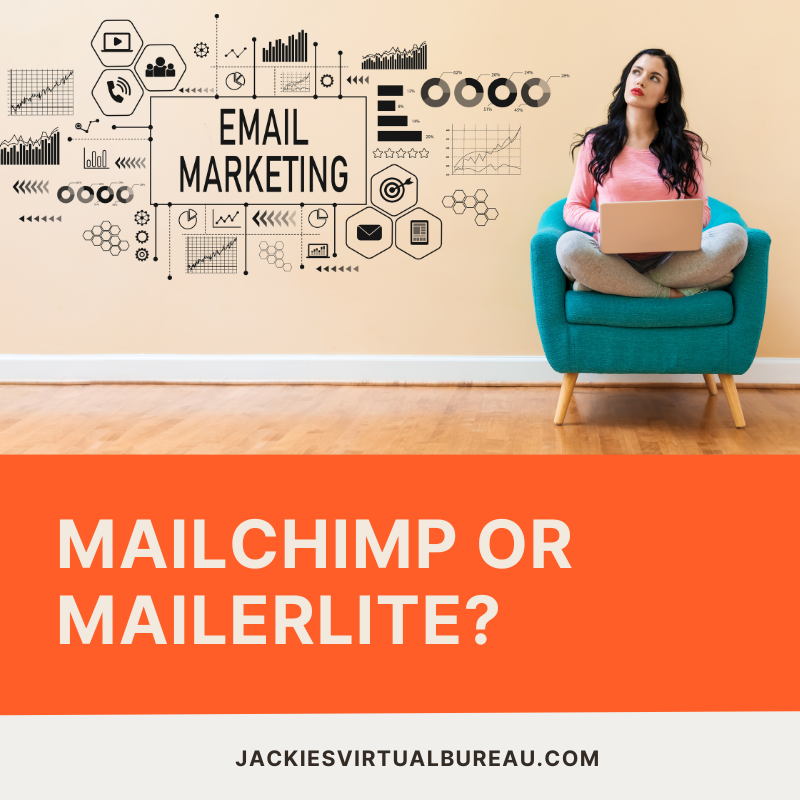Mailchimp or Mailerlite - who wins?
I’ve used Mailchimp for years. I’m professionally certified and manage many client accounts. When I took my professional certification in Mailerlite in 2021, I set up my own account and spent many hours learning all of the features. I was blown away by how much more user friendly Mailerlite is compared to Mailchimp.
If I feel like that, how would a complete beginner feel?
Also, when I started my Mailchimp account way back when, the free version provided lots more functionality than you get now. So imagine my shock when I set up new free Mailchimp accounts for clients and found that really important features are no longer available on the free plan?
Two key features are missing from the free Mailchimp account.
1. The ability to schedule your campaigns
As I support clients with their email marketing, it is crucial for me to be able to create a campaign, schedule it then get on with my other tasks. It’s the same for you – say your best send time is 8.00pm. You’d have to hang about and manually ‘press the send button’ at 8.00pm – what a pain!
🤓Scheduling is included in the Mailerlite free plan.
2. Easy email automation and sequences
Email automation is no longer available on the free Mailchimp plan which is a must-have feature for sending welcome and nurture sequences. I have found a clunky workaround in Mailchimp using tags and triggers, but a full easy to use automation flow is available in Mailerlite’s free plan.



